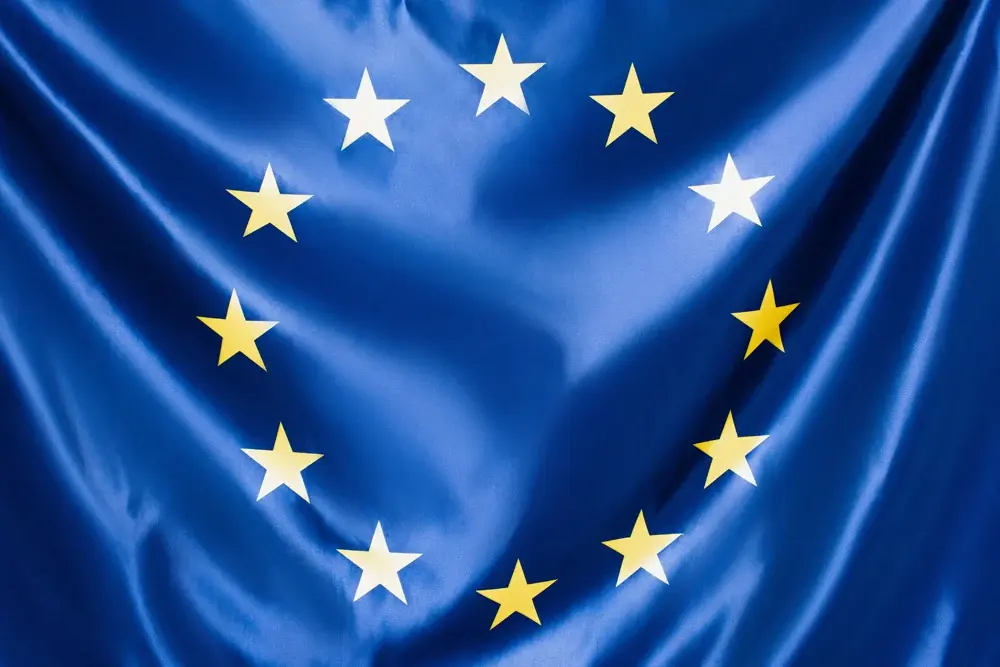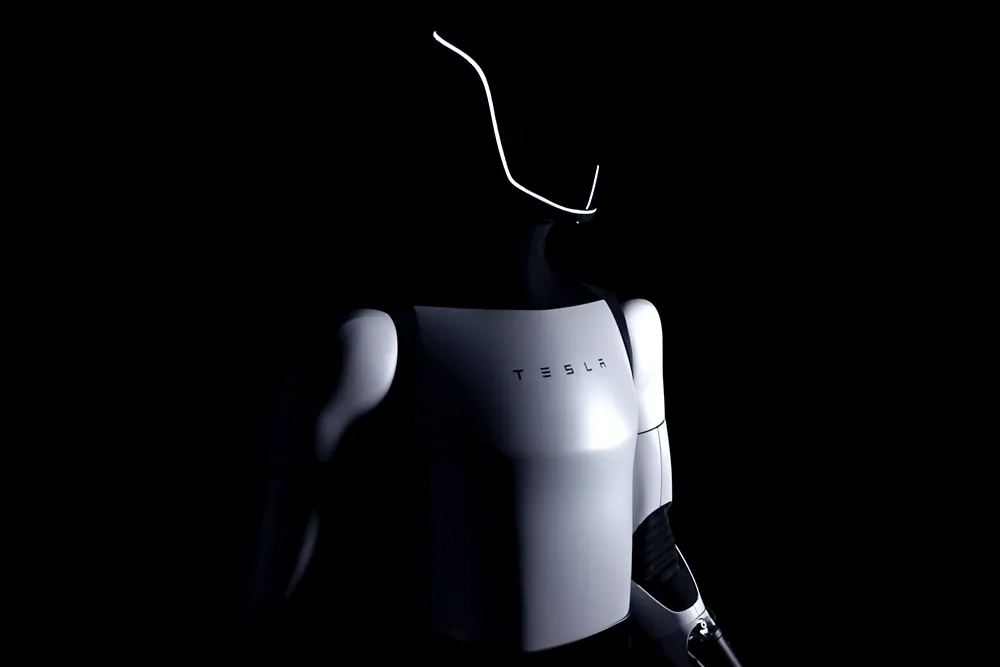The European Parliament has recently adopted the groundbreaking Artificial Intelligence Act, setting a global precedent for AI regulation.
March 2024. This landmark legislation passed with overwhelming support, introduces a risk-based framework for governing AI technologies, ensuring that applications with the highest potential risks are subject to stringent oversight and compliance requirements.
KEY POINTS
- Structured Regulation: The Artificial Intelligence Act categorizes AI systems by risk for better oversight.
- User Safety: High-risk AI applications face strict requirements, enhancing user trust and safety.
- Generative AI: Content-generating AI models must label outputs to prevent misinformation.
- Global Benchmark: The EU sets an international standard for AI regulation with the AI Act.
- Balancing Innovation: The Act fosters ethical AI development while protecting fundamental rights.
Key Elements of the AI Act
Risk-Based Categorization:
The Artificial Intelligence Act categorizes AI applications into four risk levels: unacceptable, high, medium, and low. Applications that pose unacceptable risks, such as those violating fundamental rights or safety, are outright banned. High-risk applications, which could significantly impact sectors like healthcare, transportation, and law enforcement, must comply with rigorous standards, including risk assessments, transparency obligations, and regular audits.
High-Risk AI Requirements:
High-risk AI systems face strict regulatory measures before they can enter the market. Developers must conduct thorough risk assessments and ensure their systems comply with EU standards. These applications are also required to maintain comprehensive technical documentation and provide clear explanations of their decision-making processes. This transparency aims to build trust and accountability in AI technologies.
Generative AI and Deepfakes:
The Artificial Intelligence Act addresses growing concerns around generative AI and deepfakes. AI models that generate text, images, or videos must clearly label their outputs to prevent the spread of misinformation and fraud. This measure is designed to combat the misuse of AI in creating realistic yet deceptive content, ensuring users are aware when interacting with AI-generated material.
Implications and Global Influence
Setting a Global Standard:
The Artificial Intelligence Act positions the EU as a global leader in AI regulation, setting a benchmark for other countries to follow. Given the EU’s significant market influence, international companies will likely align with these regulations to maintain market access. This could lead to a ripple effect, prompting other regions to adopt similar regulatory frameworks, thereby standardizing AI governance globally.
Challenges and Criticisms:
While the AI Act is hailed as a significant step forward, it has faced criticism from various stakeholders. Industry groups argue that overly stringent regulations could stifle innovation and competitiveness, particularly for smaller companies and startups. They express concerns about the regulatory burden and the potential for these measures to slow down the development and deployment of beneficial AI technologies.
Conversely, consumer advocacy groups and privacy experts believe the regulations do not sufficiently protect users. They call for even stricter measures to ensure that AI systems do not infringe on individual rights or perpetuate biases.
Implementation Timeline:
The Artificial Intelligence Act is expected to come into force by mid-2024 with a phased implementation approach. Some provisions, such as the bans on certain high-risk practices, will become enforceable later this year. Other requirements will gradually be introduced over the next few years, giving companies time to adapt and comply with the new regulations.
Broader Context and Future Outlook
Enhancing Digital Sovereignty:
The AI Act is part of the EU’s broader strategy to enhance digital sovereignty and ensure technological advancements align with European values and principles. It complements other regulatory efforts, such as the General Data Protection Regulation (GDPR) and the Digital Services Act, which aim to create a secure and trustworthy digital environment.
Encouraging Ethical AI Development:
The AI Act encourages the development of ethical and responsible AI technologies by setting clear standards and accountability measures. It promotes innovation while safeguarding fundamental rights, ensuring that AI advancements benefit society. This balanced approach fosters a competitive yet fair AI landscape, driving growth and trust in AI applications.
The Artificial Intelligence Act represents a pioneering effort to regulate AI technologies, balancing innovation with the need to protect fundamental rights and ensure safety. As the world watches the EU’s approach, this legislation may serve as a template for future AI regulations worldwide, shaping the development and deployment of AI for years to come.
For more details, refer to the original article: European Parliament News.
Key Questions people are asking
The AI Act categorizes AI systems by risk and imposes strict requirements on high-risk applications, enhancing safety and transparency for users.
Generative AI models, such as those producing text or images, must label their outputs to prevent misinformation, helping users identify AI-generated content.
The Act enforces transparency and accountability, requiring high-risk AI systems to comply with data protection standards and conduct regular audits.
While ensuring safety and ethical standards, the Act aims to balance innovation, meaning AI services will continue to be available but under stricter oversight.
The EU’s AI Act sets a benchmark for global AI regulation, potentially leading other regions to adopt similar standards, promoting safer and more reliable AI technologies worldwide.





